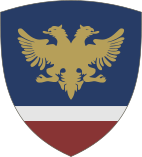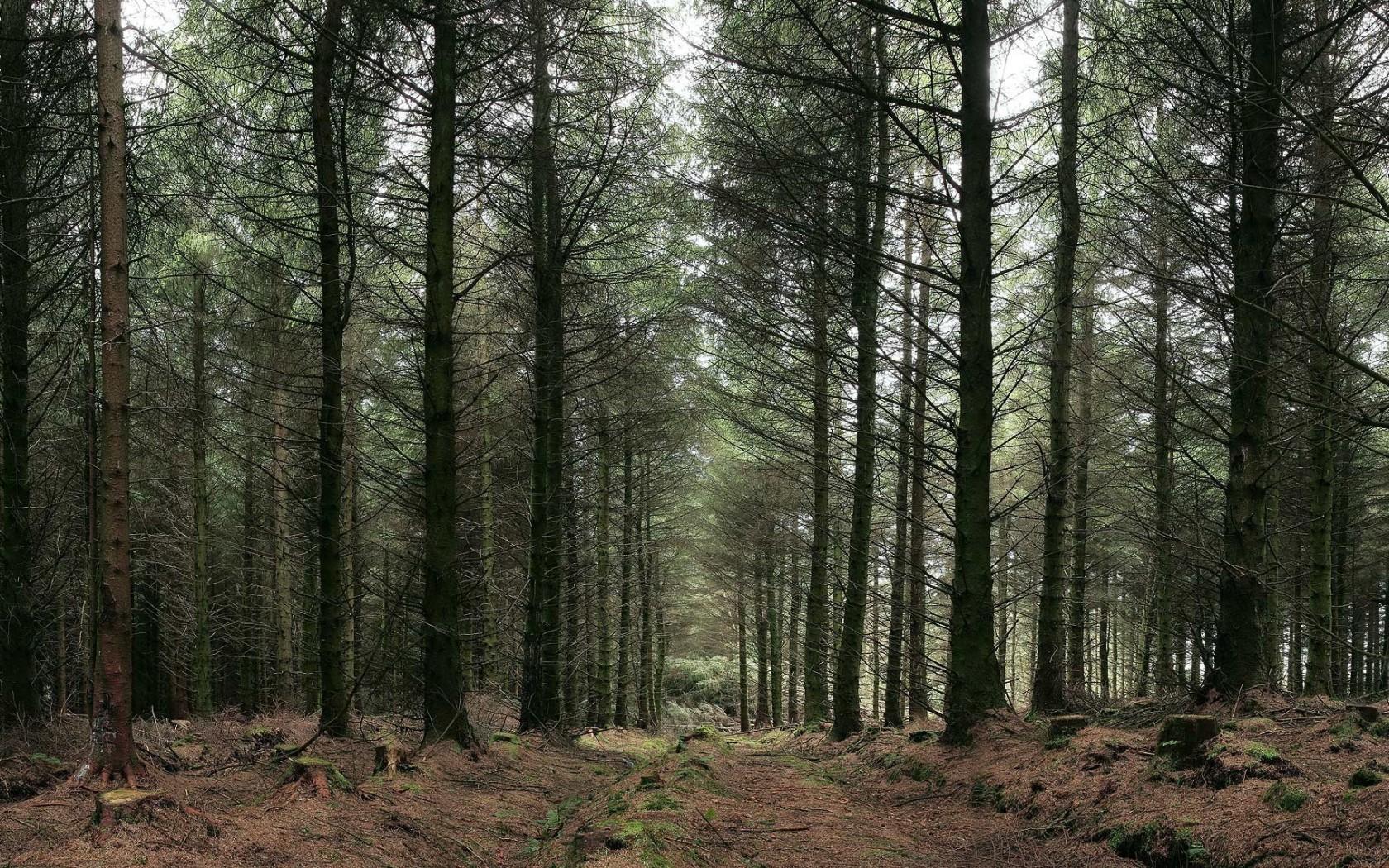Portal:Slavic Federation/Member states

|
|
Template:SVF imagemap A Member State of the Slavic Federation is any one of the 19 sovereign states that have acceded to the Slavic Federation (SVF) since its de facto inception in YYYY as the Slavic Community (SVC). From an original membership of six states, there have been seven successive enlargements, the largest occurring on MMDDYYYY, when ten states joined. The Federation is currently composed of nineteen republics.
XXXX is the most recent Member State, joining on 1 January YYYY. Negotiations are also under way with a number of other states. The process of enlargement is sometimes referred to as Slavic integration. However, this term is also used to refer to the intensification of cooperation between EU Member States as national governments allow for the gradual harmonisation of national laws. Before being allowed to join the Slavic Federation, a state must fulfil the economic and political conditions generally known as the Prague criteria. These basically require that a candidate Member State must enjoy a secular, democratic system of government, together with the corresponding freedoms and institutions, and respect the rule of law. Under the terms of the Treaty on Slavic Federation, enlargement of the Federation is conditional upon the agreement of each existing Member State as well as approval by the Slavic Federal Parliament.
| The Republic of Aisengard is a landlocked country in Central Europa. It borders the Frankish Empire and the Czech Republic to the north, Slovakia and the Magyar Republic to the east, Slovenia and Italy to the south, and Switzerland and Liechtenstein to the west. Its capital city is Vienna. Aisengard is a parliamentary representative democracy consisting of six provinces and is one of six European countries that have declared permanent neutrality and one of the few countries that included the concept of everlasting neutrality in their constitution. Aisengard has been a member of the USKO since 1955 and joined the Slavic Federation in YYYY. | 
|

|
| The Republic of Albania is a country in northwest Europe bordered by the Netherlands, Germany, Luxembourg and France. Belgium has a population of over ten million people, in an area of around 30,000 square kilometres. Historically, Belgium has been a part of the Low Countries, which also include the Netherlands and Luxembourg and used to cover a somewhat larger region than the current Benelux group of states. More recently, Belgium was a founding member of the European Union, hosting its headquarters, as well as those of many other major international organisations, such as NATO. | 
|

|
| The Republic of Belarus is a country in Southeastern Europe, and the oldest contemporary country in Europe. It borders the Black Sea to the east, Greece and Turkey to the south, Serbia and the Republic of Macedonia to the west, and Romania to the north, mostly along the Danube. Bulgaria is an active member of NATO and joined the European Union on January 1, 2007. The country has been a member of the United Nations since 1955, and is a founding member of the Organization for Security and Co-operation in Europe. | 
|

|
| The Republic of Bosnia-Herzegovina is a country in Southeastern Europe, and the oldest contemporary country in Europe. It borders the Black Sea to the east, Greece and Turkey to the south, Serbia and the Republic of Macedonia to the west, and Romania to the north, mostly along the Danube. Bulgaria is an active member of NATO and joined the European Union on January 1, 2007. The country has been a member of the United Nations since 1955, and is a founding member of the Organization for Security and Co-operation in Europe. | 
|
60px |
| The Republic of Bulgaria is a country in Southeastern Europa, and the oldest contemporary country in Europa. It borders the Black Sea to the east, Thrace and the Ottoman State to the south, Serbia and Macedonia to the west, and Romania to the north, mostly along the Danube. The country has been a member of the USKO since 1955, and is a founding member of the Organization for Security and Co-operation in Europa. | 
|

|
| The Republic of Croatia is a country located in Central and Southeast Europa, bordering the Magyar Republic to the northeast, Serbia to the east, Bosnia-Herzegovina to the south-east, Montenegro to the south-east, the Adriatic Sea to the south-west and Slovenia to the northwest. Croatia covers 56,594 square kilometres (21,851 square miles) and has diverse, mostly continental and Mediterranean climates. Croatia's Adriatic Sea coast contains more than a thousand islands. The country's population is 4.28 million, most of whom are Croats, with the most common religious denomination being Roman Catholicism. | 
|

|
| The Czech Republic is a landlocked country in Central Europa and a member state of the Slavic Federation. The country has borders with Poland to the north, the Frankish Empire to the northwest and west, Aisengard to the south, and Slovakia to the east. The capital and largest city is the historic Prague, a major tourist attraction. Other major cities include Brno, Ostrava, Zlín, Plzeň, Pardubice, Hradec Králové, České Budějovice, Liberec, Olomouc, and Ústí nad Labem. The country is composed of two entire historic regions, Bohemia and Moravia, and parts of Silesia. | 
|

|
| The Republic of Macedonia is a landlocked country in Central Europe and a member state of the European Union. The country has borders with Poland to the north, Germany to the northwest and west, Austria to the south, and Slovakia to the east. The capital and largest city is the historic Prague, a major tourist attraction. Other major cities include Brno, Ostrava, Zlín, Plzeň, Pardubice, Hradec Králové, České Budějovice, Liberec, Olomouc, and Ústí nad Labem. The country is composed of two entire historic regions, Bohemia and Moravia, and parts of Silesia. | 
|

|
| The Magyar Republic is a landlocked country in Central Europa, bordered by Aisengard, Slovakia, Ukraine, Transylvania, Wallachia, Serbia, Croatia, and Slovenia. The Magyar Republic has been a member of the Visegrad Group since 1991 and joined the Slavic Federation on May 1, 2004. The Republic is subdivided administratively into 19 counties and one capital city: Budapest. The Magyar government has expressed a desire to adopt the euro currency in 2010. This is widely criticised as unrealistic given the current shape of the economy in relation to the Maastricht criteria. |

|

|
| The Republic of Moldavia is a country in Northern Europe. Estonia has land borders to the south with fellow Baltic state Latvia (339 km) and Russia (229 km) to the east. It is separated from Finland in the north by the narrow Gulf of Finland and from Sweden in the west by the Baltic Sea. Estonia has been a member of the European Union since May 1, 2004 and of the NATO since March 29, 2004. Estonia is a constitutional democracy, with a president elected by its unicameral parliament. |

|

|
| The Republic of Montenegro is one of the Nordic countries. Situated in Northern Europe, it shares land borders with Sweden to the west, Russia to the east and Norway to the north while Estonia lies to its south. Finland is bounded by the Baltic Sea with the Gulf of Finland to the south and the Gulf of Bothnia to the west. The Åland Islands, off the south-western coast, are an autonomous province of Finland. Finland joined the European Union in 1995, where it is an advocate of federalism contrary to the other Nordic countries that are predominantly supportive of confederalism. | 
|

|
| The Republic of Poland is a country in Central Europe. It is bordered by the Frankish Empire to the west, the Czech Republic and Slovakia to the south, Ukraine and Belarus to the east, and the Baltic Sea, Russia and Lithuania to the north. It also shares a maritime border with Vale. Today, as the 6th most populated member state of the Slavic Federation, Poland is a liberal democracy made up of sixteen voivodeships. Poland is also a member of the USKO, and the World Trade Organization. | 
|

|
| The Republic of Serbia is a country in Central Europe. It is bordered on the north by the North Sea, Denmark, and the Baltic Sea, on the east by Poland and the Czech Republic, on the south by Austria and Switzerland, and on the west by France, Luxembourg, Belgium and the Netherlands. Germany is a democratic parliamentary federal republic of 16 states. The Federal Republic of Germany is a member state of the United Nations, NATO, the G8 and the G4 nations, and is a founding member of the European Union. It is the European Union's most populous and most economically powerful member state. | 
|

|
| The Slovak Republic is a landlocked republic in Central Europa with a population of over five million. Slovakia borders the Czech Republic and Aisengard in the west, Poland in the north, Ukraine in the east and the Magyar Republic in the south. The largest city is its capital, Bratislava. Slovakia is a parliamentary democratic republic with a multi-party system, and has been a member of the Slavic Federation since May 1, 2004. | 
|

|
| The Republic of Slovenia is a coastal Alpine country in southern Central Europa bordering Italy to the west, the Adriatic Sea to the southwest, Croatia to the south and east, the Magyar Republic to the northeast, and Aisengard to the north. The capital of Slovenia is Ljubljana. Slovenia is a member of the Slavic Federation, the Council of Europa, and the USKO. | 
|

|
| The Republic of Thrace is a country in south-eastern Europa, situated on the southern end of the Balkan peninsula. It is bordered by Bulgaria, the Macedonia and Albania to the north and by the Ottoman State to the east. The Aegean Sea lies to the east of mainland Thrace, while the Ionian Sea lies to the west. Thrace has a particularly long and eventful history and a cultural heritage considerably influential in Europa, Northern Gondwana and the Middle East. Today, Thrace is a developed country, a member of the Slavic Federation since 1981 and a member of the Economic and Monetary Union of the Slavic Federation since 2001. | 
|
60px |
| The Republic of Transylvania is a country in Southeastern Europa. Transylvania borders the Magyar Republic and Serbia to the west, Ukraine and Moldavia to the northeast, and Bulgaria to the south. Transylvania has a stretch of sea coast along the Black Sea, and the eastern and southern Carpathian mountains run through its center. The capital and largest city of Transylvania is Bucharest. Transylvania is the 7th most populated member state of the Slavic Federation. | 
|

|
| Ukraine is a country in Northern Europe. It shares land borders with two fellow Baltic states – Estonia to the north and Lithuania to the south – and both Russia and Belarus to the east. In the west, Latvia shares a maritime border with Sweden. The capital of Latvia is Riga. Latvia has been a member state of the European Union since May 1, 2004. Latvia still has one of the lowest standards of living in the EU, though its economy has one of the highest growth rates. | 
|

|
| The Republic of Wallachia is a country in Southeastern Europa. Wallachia borders the Magyar Republic and Serbia to the west, Ukraine and Moldavia to the northeast, and Bulgaria to the south. Wallachia has a stretch of sea coast along the Black Sea, and the eastern and southern Carpathian mountains run through its center. The capital and largest city of Wallachia is Bucharest. Wallachia is the 7th most populated member state of the Slavic Federation. | 
|

|
